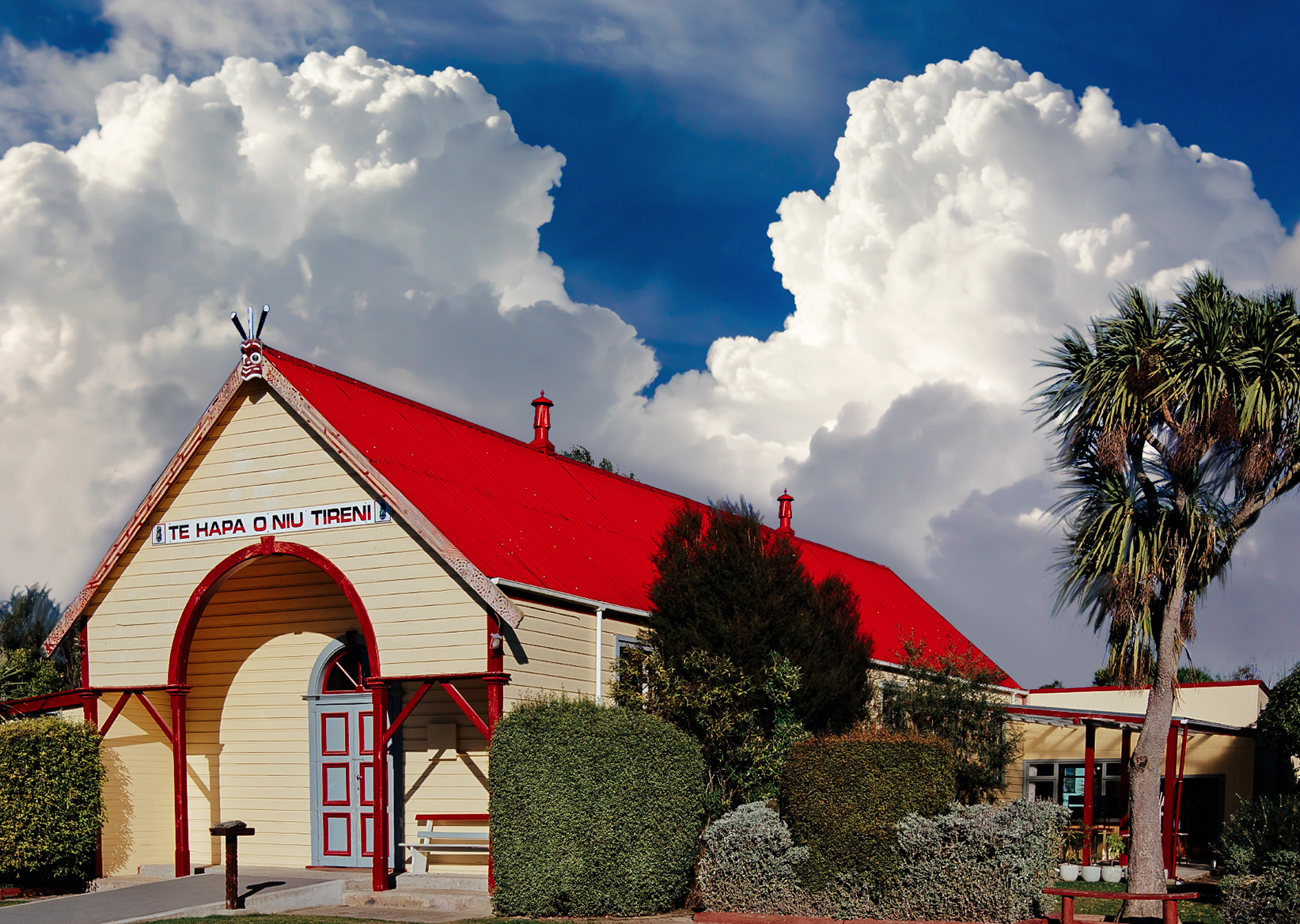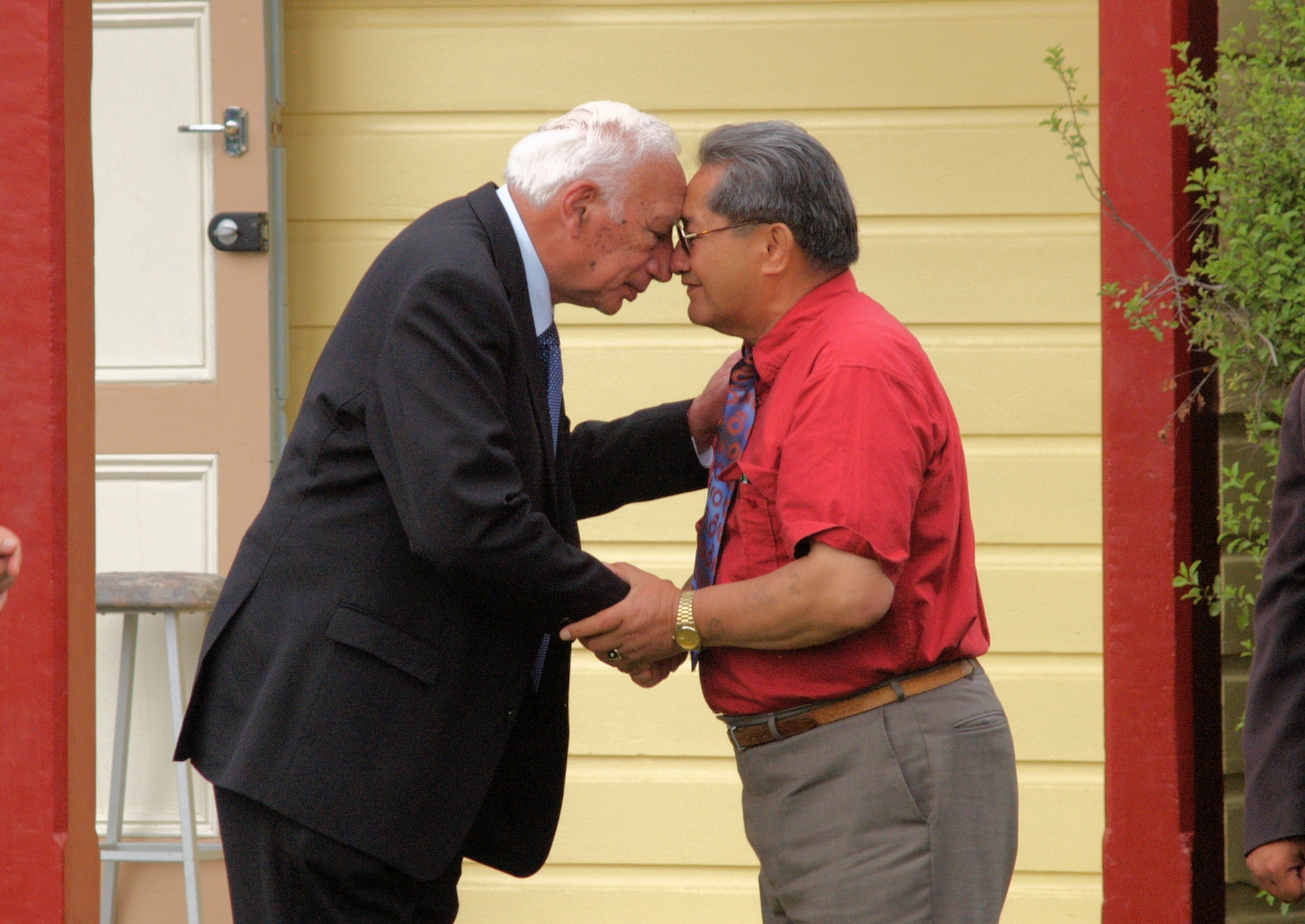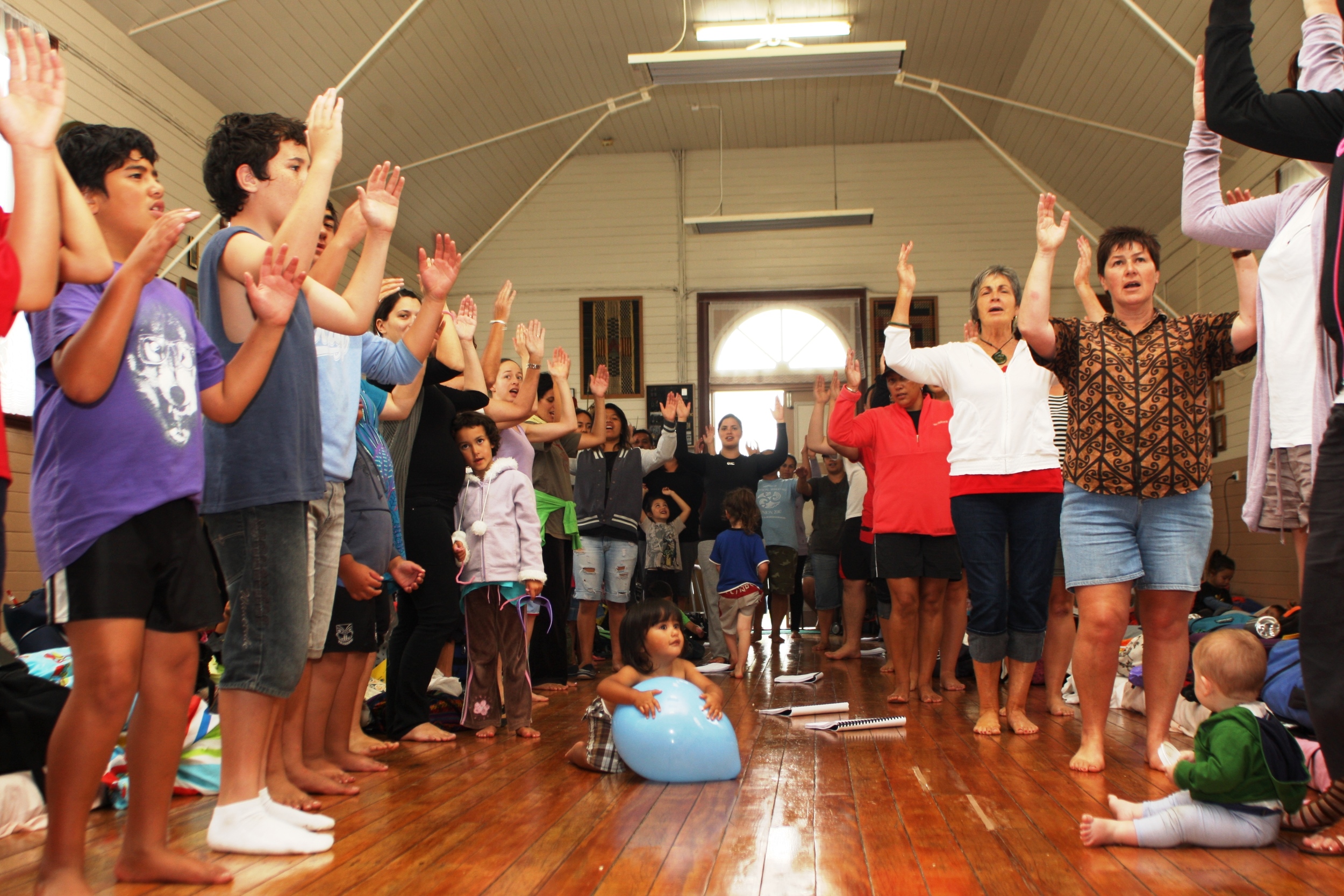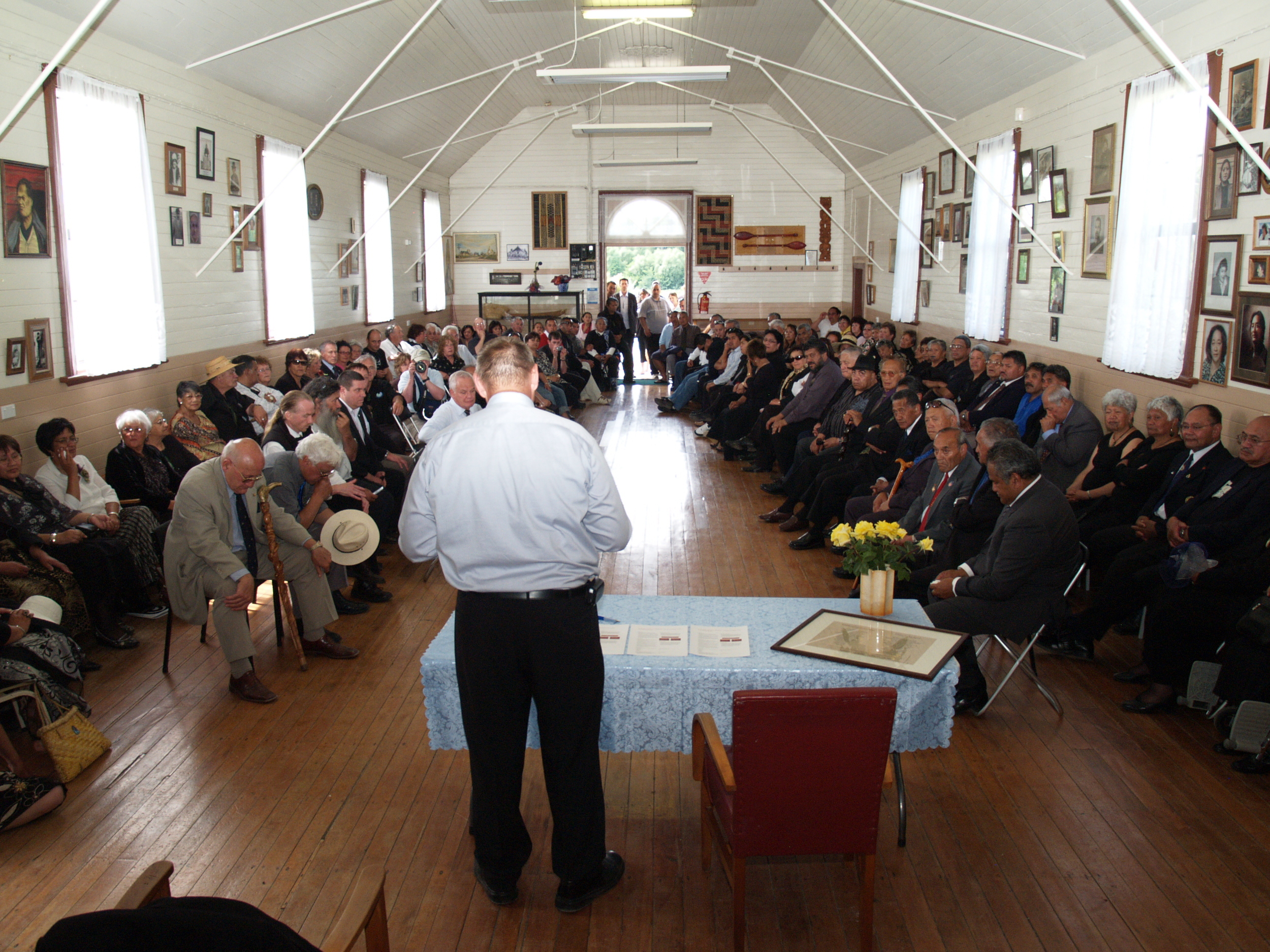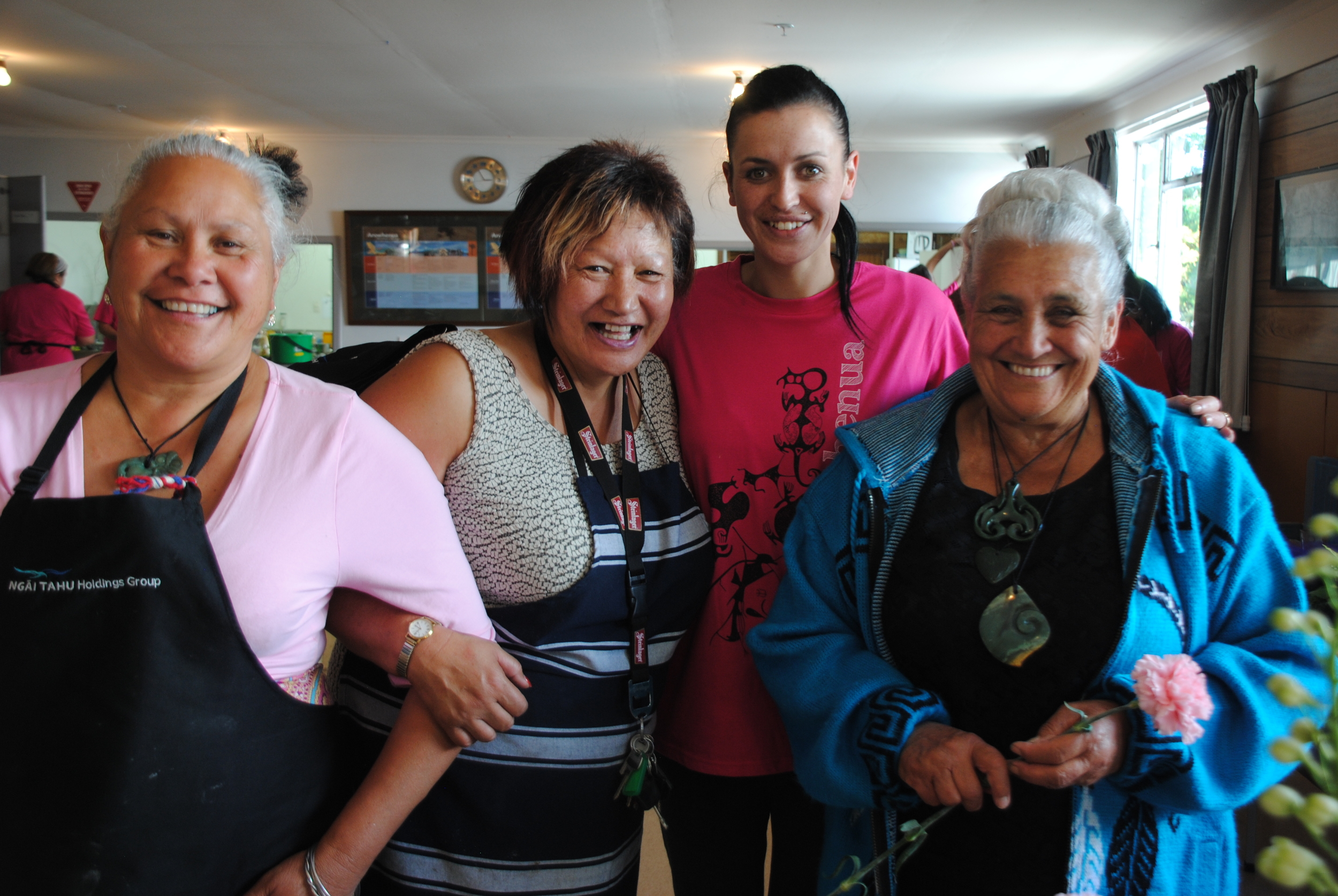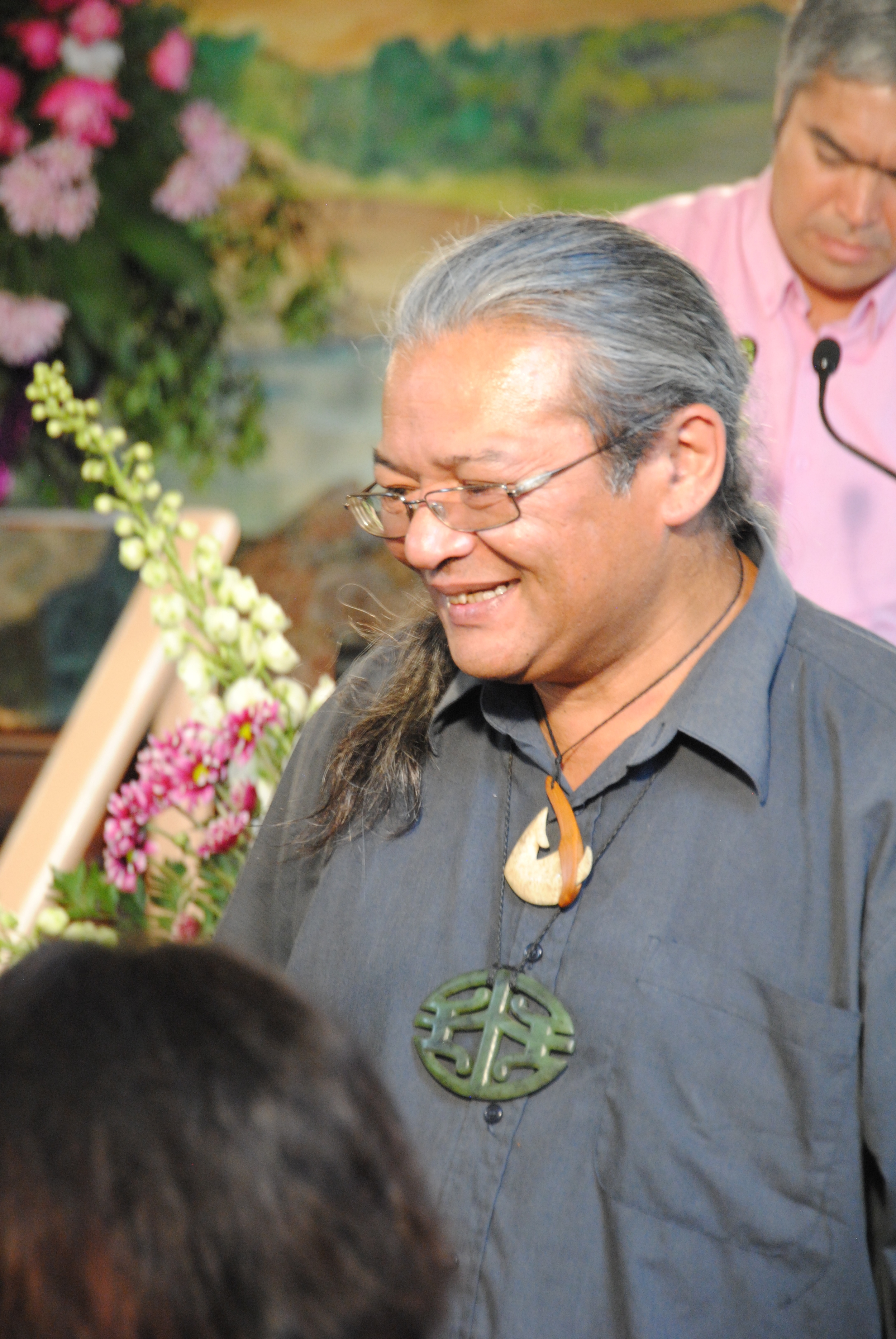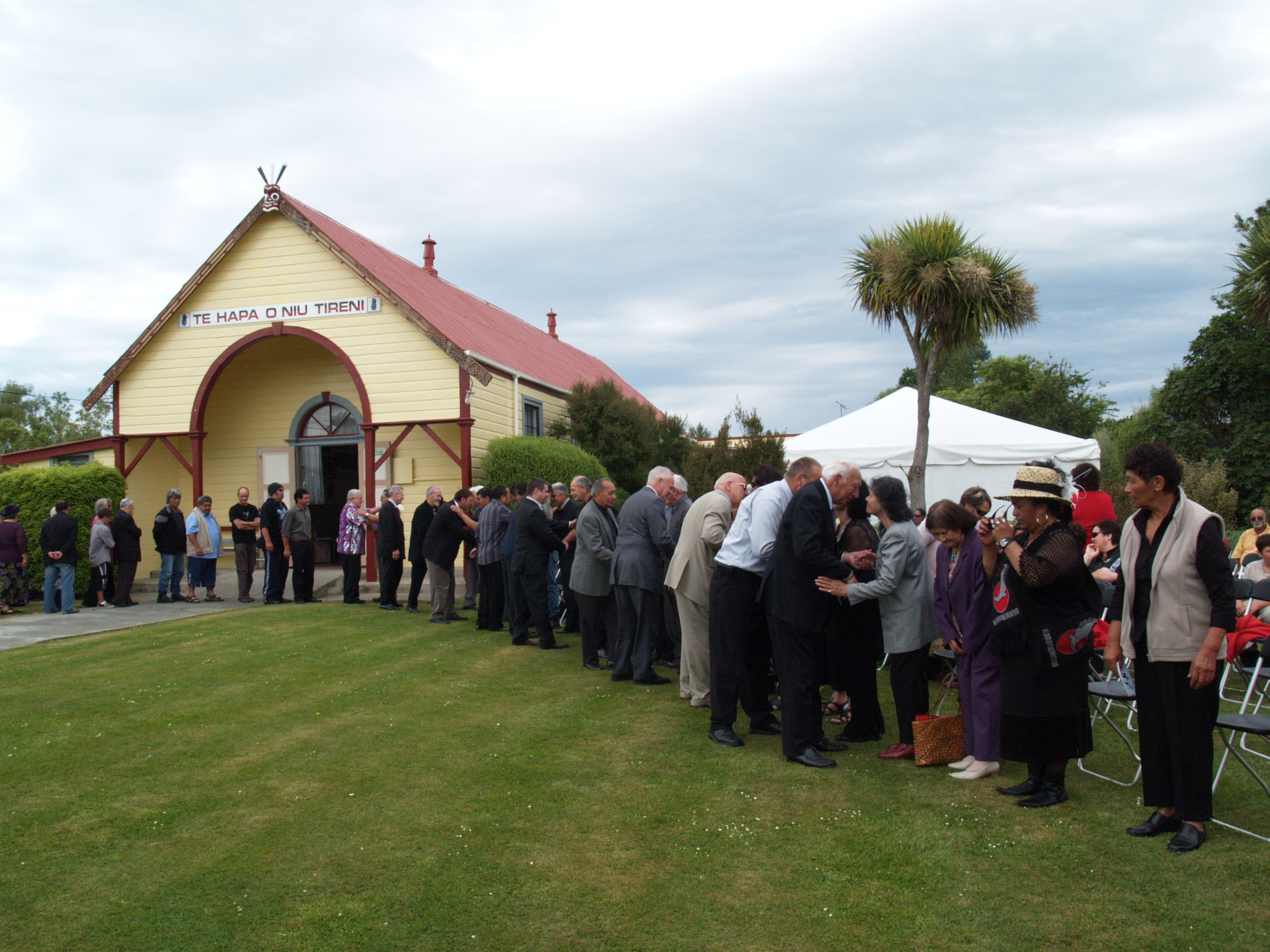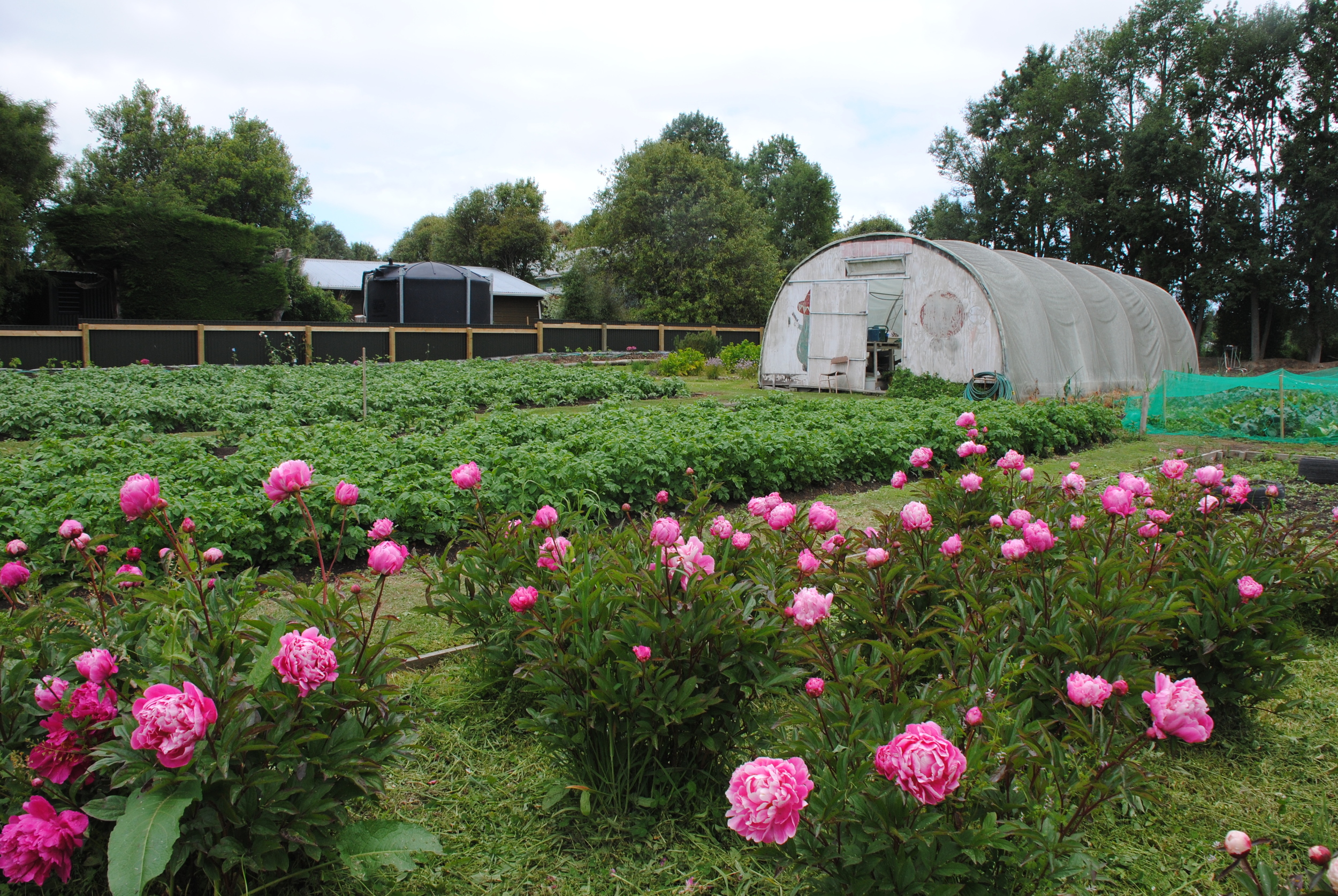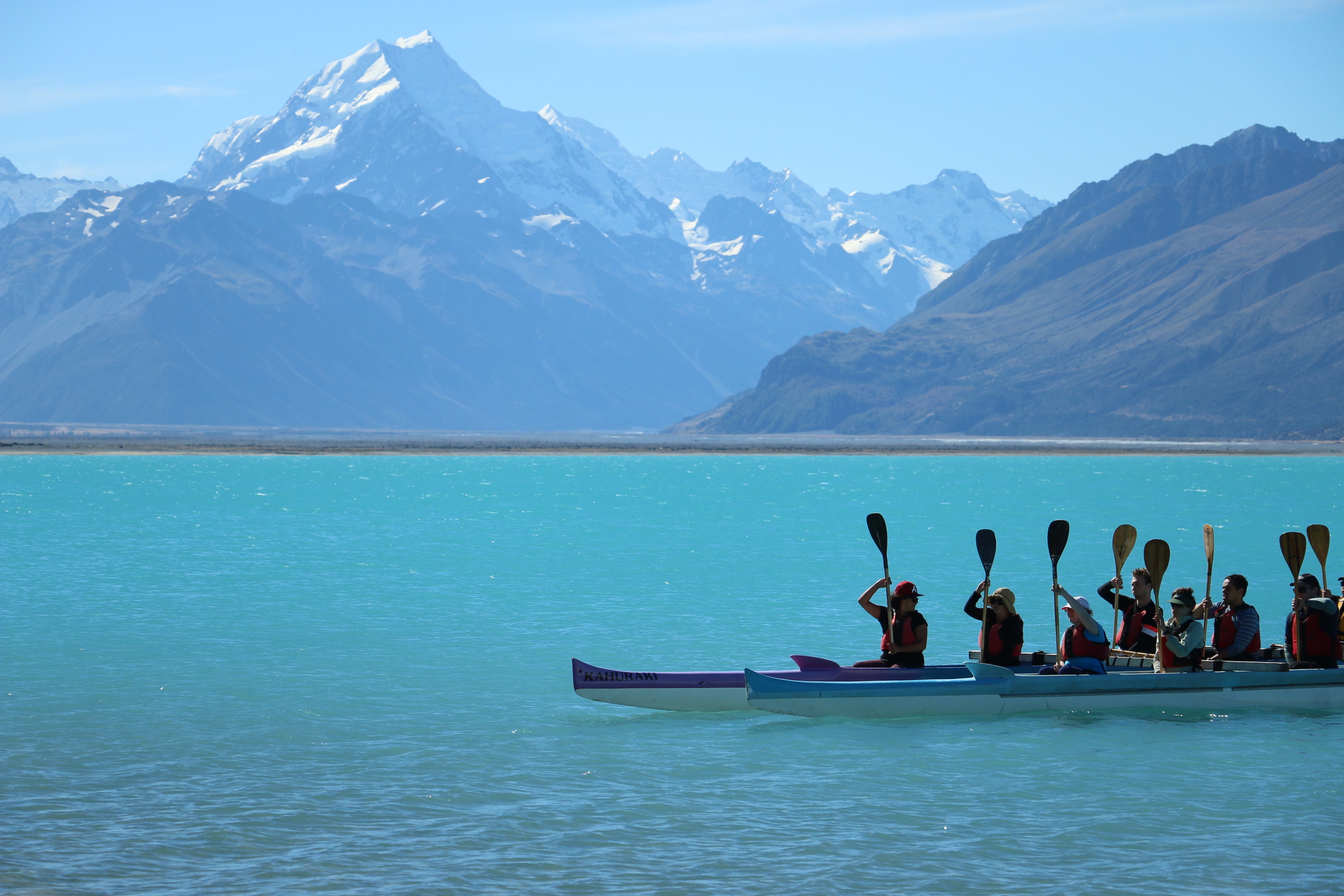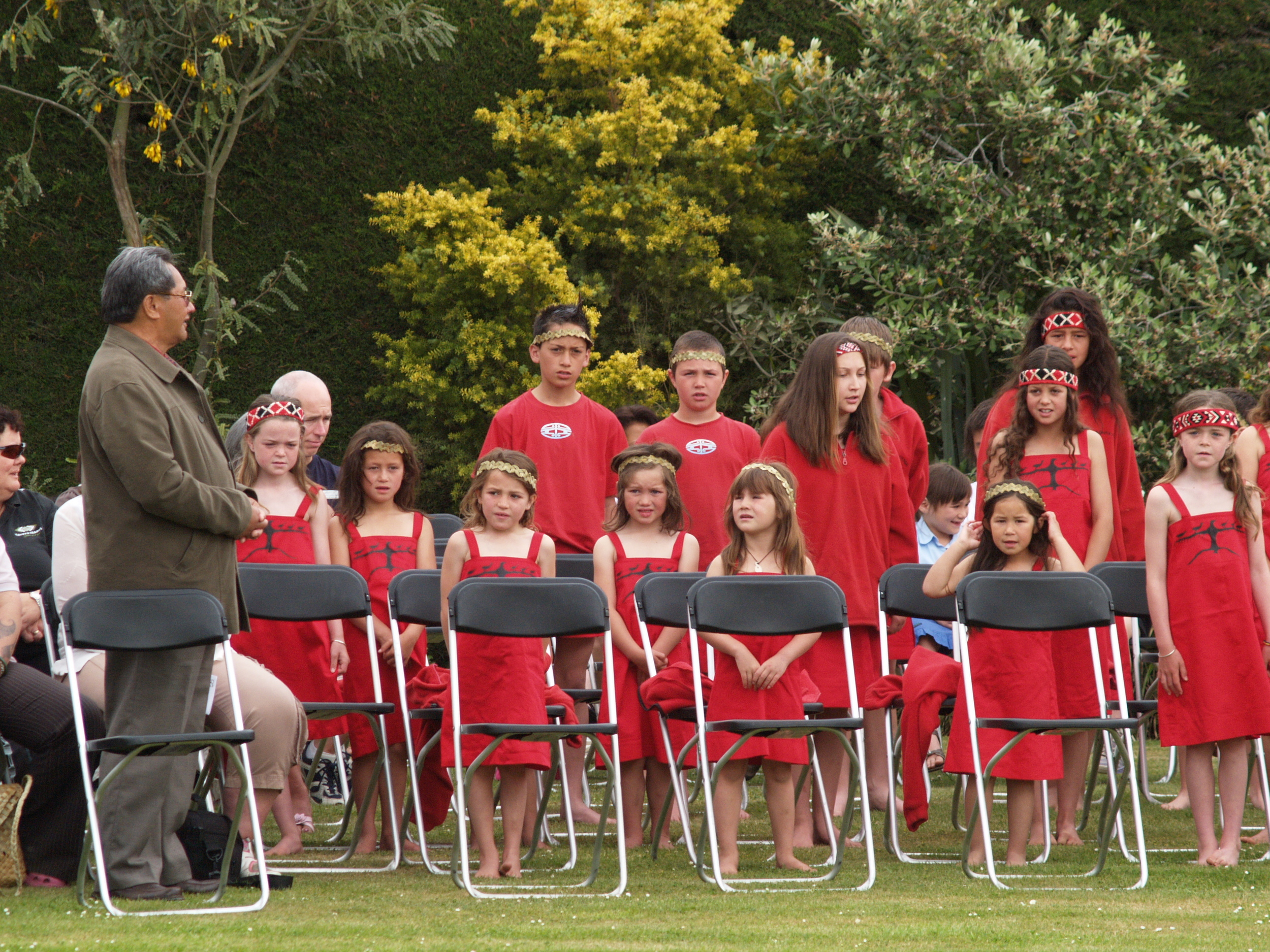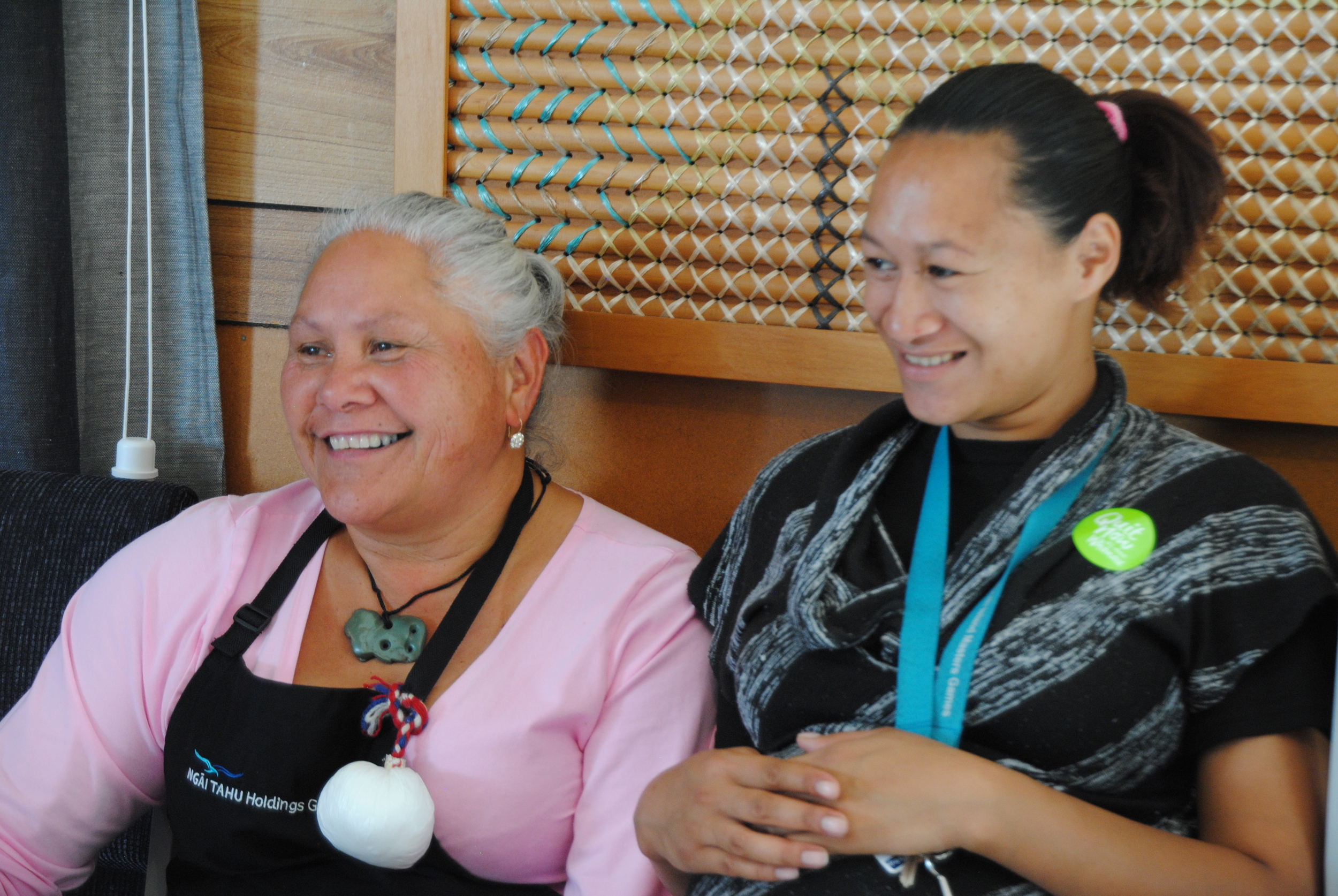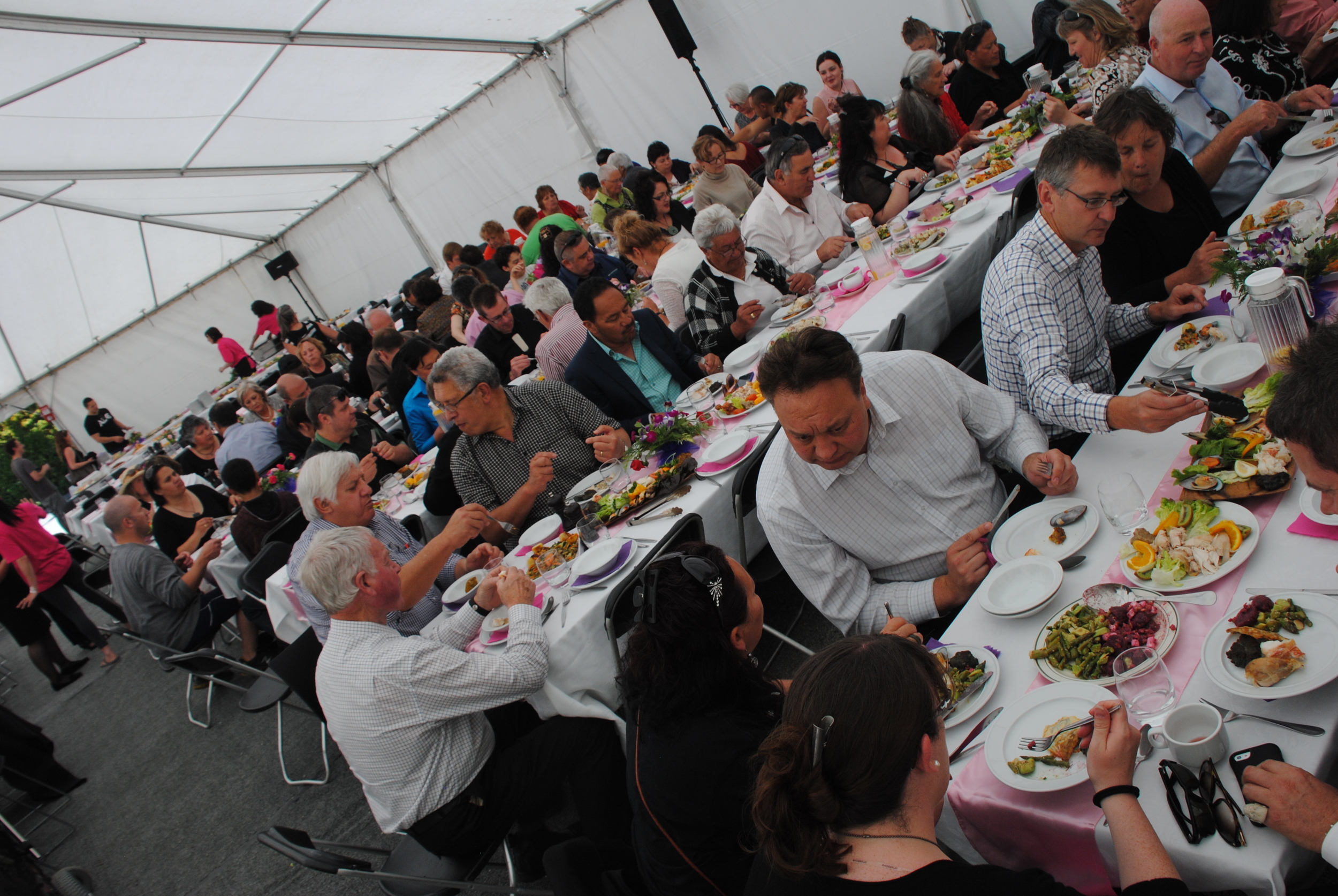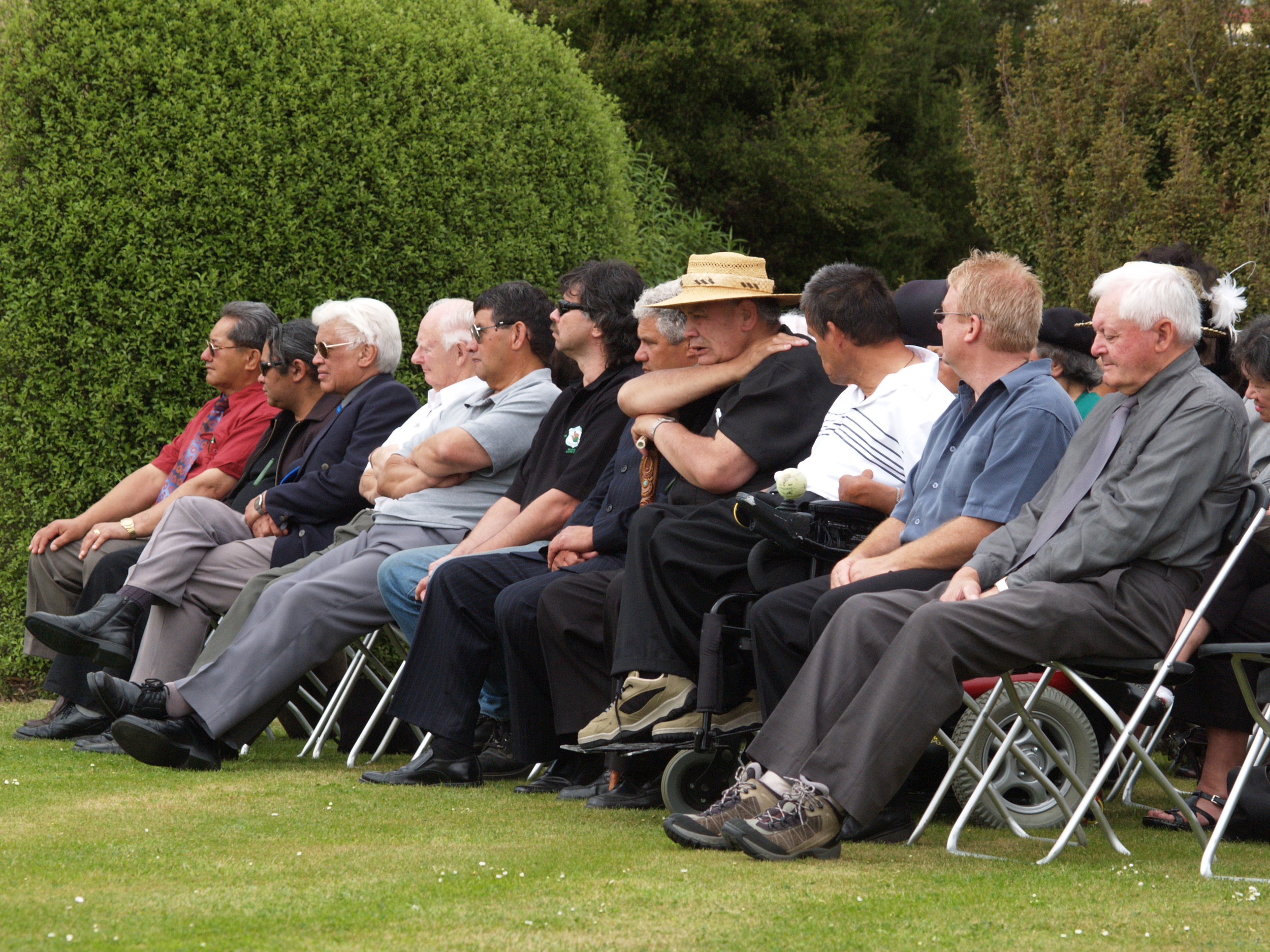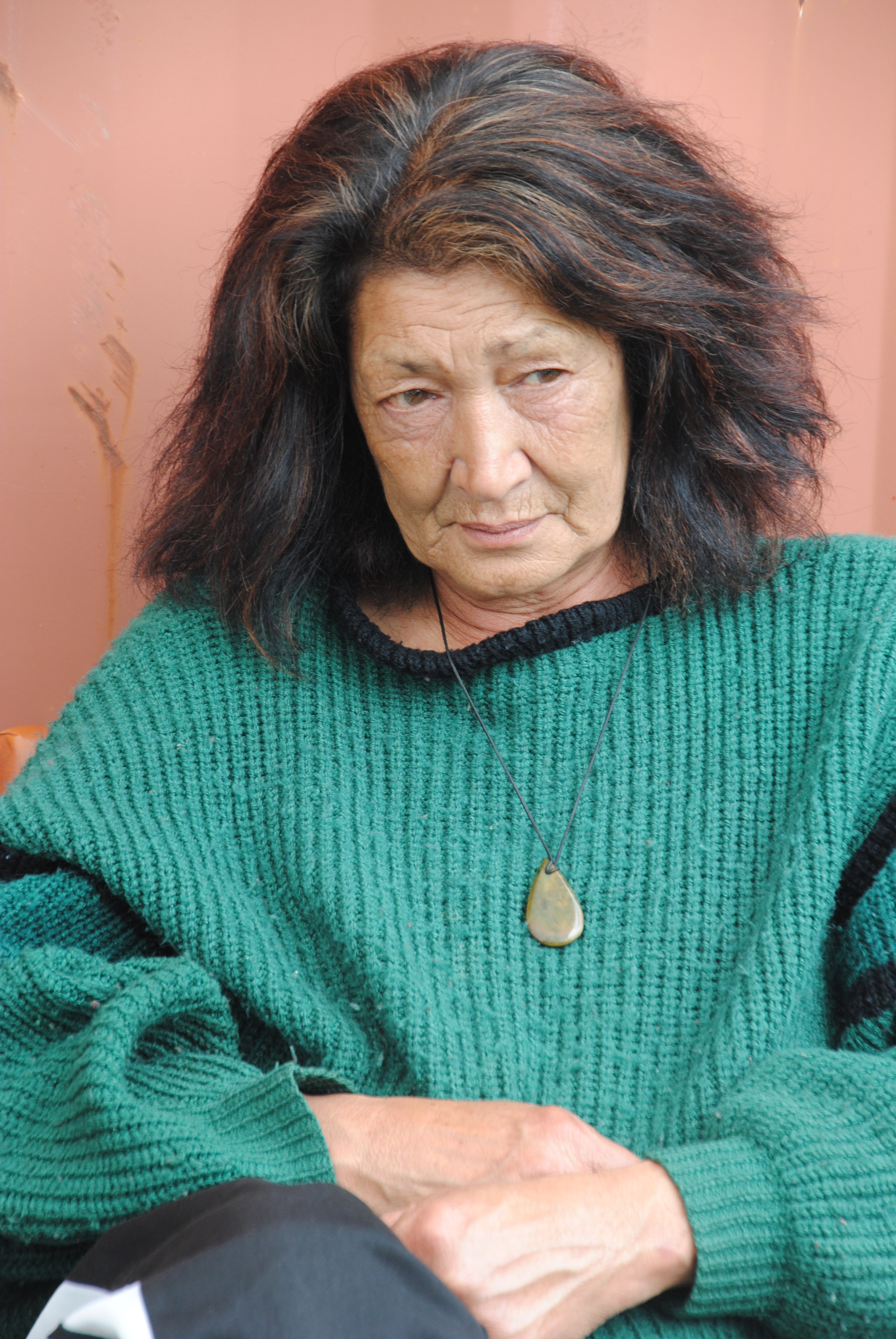Stories.
Our people, our stories.
We hope you’re excited that we are only a month away from gathering as a whānau, hapū and iwi at Hui-ā-iwi 2022. There are over 2,000 whānau registered to attend.
Please let us know if you’re coming by registering by 31 October
Register Here
Below is the programme and parking instructions so you know what to expect. We kindly ask whānau who may be feeling māuiui/unwell on the day to consider joining via the livestream instead so we can protect our more vulnerable.
In the 1930’s the Arowhenua Māori Womens Institute was started which in 1953 joined the Māori Womans Welfare League, two years after the establishment of the national body. The purpose of both the Institute and League was to support the wellbeing of Māori women and their whānau.
The league is an important part of the unique history of Te Hapa o Niu Tireni and many of our strongest community leaders have also been active league members.
For more info, visit http://mwwl.org.nz/
The Opihi river that runs parallel to the Arowhenua community, is an important natural and cultural feature in the locality. After many years of overfishing by commercial fisherman and denigration from increased intensification of agricultural land use, a small group of rūnanga members of the Arowhenua rūnanga undertook to protect the local fisheries and waterways as best they could.
Ancestors of the Arowhenua people in the earliest tribal groups
of Rapuwai and Waitaha are credited with the traditional artworks that adorn
the walls, ceilings and favourite places of the old people throughout the area.
The story of Aoraki and his brothers has been passed down through many generations of our people and has endured across both time and tribe to continue as a creation mythology of high importance to us.
